While I easily can appreciate art, music and literature, it has not been easy for me to have a genuine interest in math and science. I took Physics in high school because a friend told me it was interesting and fascinating. After a month, I never took this individual’s advice on course selection again. However, I actually stumbled upon science one day when completing an art project with my children that a work colleague and art teacher had recommended.
On a shallow plate lay still milk that food coloring was added to with a drop of dishwashing liquid. As the colors mixed, swirled and danced around the plate, I realized this wasn’t just a discussion of colors but it was a science experiment. The “ah-ha” moment made me wonder what other simple explorations that can take place!
To keep this simple, cost effective, and manageable, I looked for common household items and realized that most people have or can easily buy are EGGS!
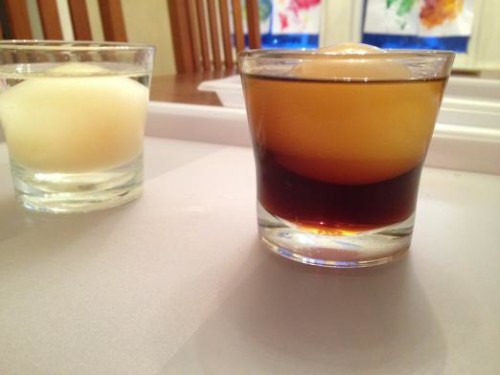
Putting eggs in different liquids yields different results. Have your children guess what will happen next!
Mommy University Presents
Five Egg-cellent Experiments
Egg in Vinegar
This is the most simple experiment and is the basis for additional ones listed in this post. Begin with an egg, a clear container larger than the egg and enough vinegar to fill the container. Put the egg in the container and fill with vinegar. Let the science begin! Bubbles should form and eventually the shell will soften and then no longer exist.
My son exclaimed that “it’s a chemical reaction” but as a colleague explained to me the proteins are unfolding. I have read by others to place the egg in the refrigerator overnight, but we kept our egg in the vinegar for several days on the counter. The beauty of this experiment is that you do not need to look up diagrams of eggs as I did one late night to discuss what happened, just focus on your child’s observations.
Another cool element of this example is holding the egg up to a light or putting a flashlight next to the egg. The yolk still has a membrane surrounding it so you might notice that it still moves because it is surrounded by fluid. Note of caution: If you have toddlers like I do, review instructions carefully with them several times. My son grabbed one of the eggs before we could stop him and squeezed the egg (he is a little sensory seeking) which exploded all over him. And that is science.
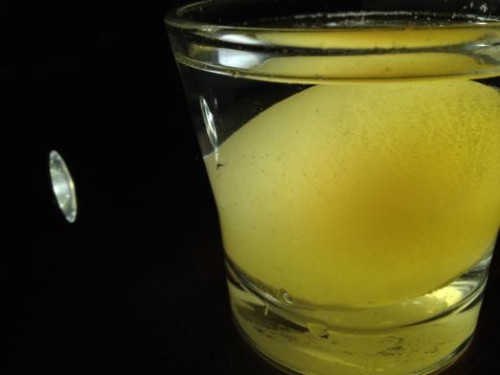
Shining a light on the egg was so much fun that each person took a turn holding a flashlight against the egg.
Egg in Corn Syrup
First you must begin with the egg after it has been placed in vinegar (see above), and in fact I would recommend having two eggs. One egg you will place in a container filled with water and the other will be placed in a container filled with corn syrup. This is a great experiment for your children to then compare and contrast what happens to each of the eggs. The corn syrup egg will shrivel or deflate while the egg in the water will still appear swollen. We removed each of the eggs, dried them off carefully and compared what the eggs looked like in color, texture, and shape.
Hard Boiled Egg in Vinegar
The first step in this experiment is to hard boil the egg. After the egg has cooled off, place it in a container that is filled with vinegar. For some reason, I thought the bubbles on this egg were larger but that could have been a subjective opinion. Then place it in the refrigerator overnight. One day later, check if the eggshell is still intact. Once the shell is gone, pick up the egg and see if this egg can bounce?
With each experiment, I would remove the eggs from the liquid and dry with a paper towel. I would place the experimented egg next to an egg au natural and ask my children to tell me what they see different about the eggs. We talked about shape, color and texture. I also let the children touch the eggs gingerly.
Crackled Color Eggs
This is part science and part art and the results are different every time. You will need food coloring, hard boiled eggs, ziploc plastic bags and a spoon. The food coloring needs to be placed in different colored plastic bags. You can decide how many colors you would like to dye the eggs. Place hard boiled eggs in the plastic bags and hand over to your children with the instructions to tap the spoon on the eggs. Leave the eggs in the food coloring and over time the eggs will absorb the dye in a crackle pattern.
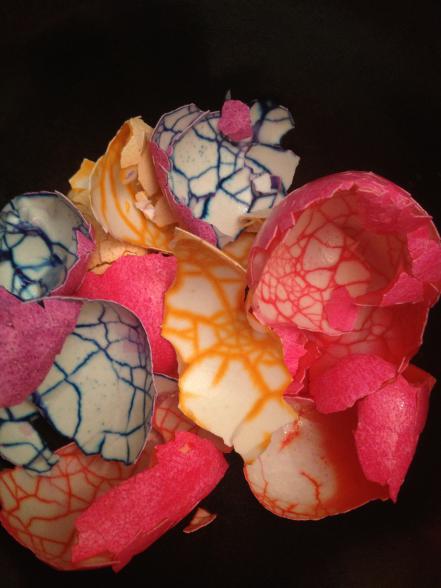
The patterns left on the shells and eggs are definitely eye catching. See if your children can predict the patterns that will emerge.
Volcanic Eggs
At Mommy University we keep large quantities of baking soda and vinegar for activities, and this experiment will definitely further demonstrate how we love to watch things sizzle. You will need hard boiled eggs, paint brushes, a dropper or spoons, egg or food dye, baking soda and vinegar. You will make a paste by combining baking soda, a small amount of water, and the coloring. I recommend making several different paste colors as this project can keep the kids entertained for a while.
Lay your egg on a plate or tray and start painting your egg with the colored paste. When the egg is covered you can take a spoon or dropper and pour vinegar on top of the egg. Another version is to drop the egg in a container filled with vinegar, but be prepared with a tray underneath as this will definitely have a big reaction and may overflow.
Children love watching the baking soda and vinegar create a fizzy reaction. The reason that I recommended to have multiple pastes is because don’t be surprised if your children want to keep painting the eggs and pouring vinegar on it to watch it again and again.
I hope you have enjoyed our Egg-cellent experiments. What simple science experiments do you do in your home?
If you like this post, you might like:
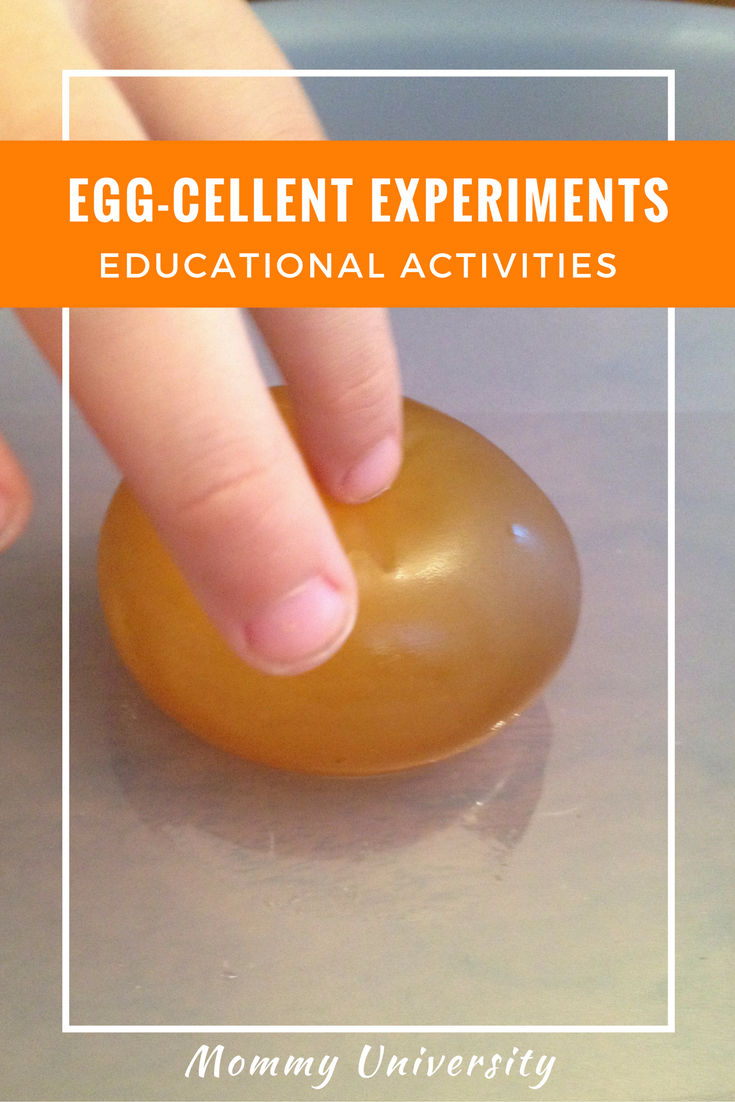
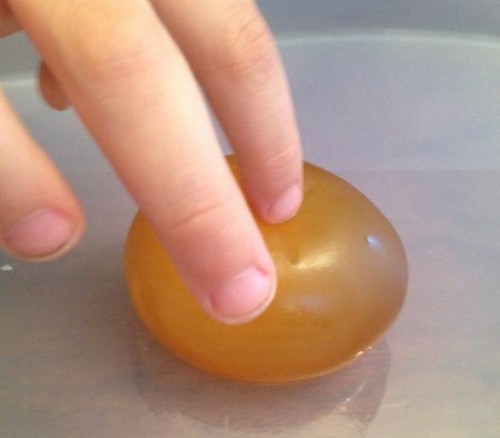
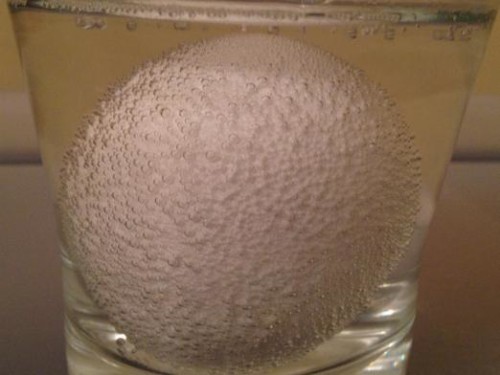
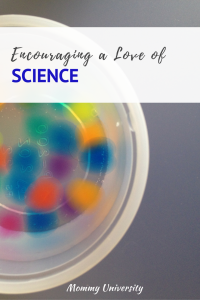
These look so fun. We did some cool ones that we got in the mail from Green Kid Crafts
Oh these look like so much fun! I can’t wait to try some of these out with my son. Sharing!
It’s always exciting to find ways to make education fun!